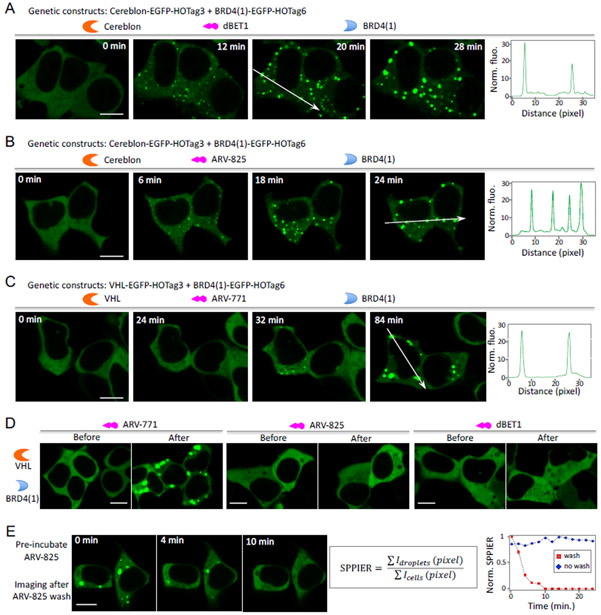Figure 2. SPPIER detects bifunctional molecules-induced protein-protein interaction in living cells.
(A) Detection of dBET1 (5 μM)-induced interaction between the E3 ligase cereblon (CRBN) and BRD4(1). Fluorescence histogram of the line across the cells is shown on the right. HEK293 cells transiently expressed CRBN-EGFP-HOTag3 and BRD4(1)-EGFP-HOTag6. (B) Detection of a ARV-825 (O.1 μM)-induced interaction between the E3 ligase cereblon (CRBN) and BRD4(1). (C) Detection of ARV-771 (1 μM)-induced interaction between the E3 ligase VHL and BRD4. HEK293 cells transiently expressed VHL-EGFP-HOTag3 and BRD4(1)-EGFP-HOTag6. (D) Specificity of SPPIER. HEK293 cells transiently expressed VHL-EGFP-HOTag3 and BRD4(1)-EGFP-HOTag6. 1 μM ARV-771, or 1 μM ARV-825, or 5μM dBET1 was added to the cells. Images were taken before and (2hrs) after addition of the bifunctional molecule. (E) SPPIER is reversible. Cells were pre-incubated with ARV-825. Scale bar: 10 μm.

